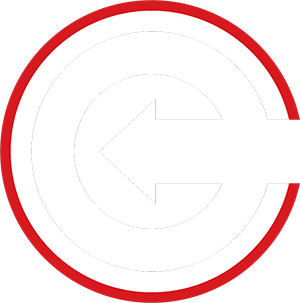 Risk Central
Risk Central
White papers, service directory and conferences for the R&I community.
White papers, service directory and conferences for the R&I community.
David Agnew is an associate editor at Risk & Insurance®. He can be reached at [email protected].
